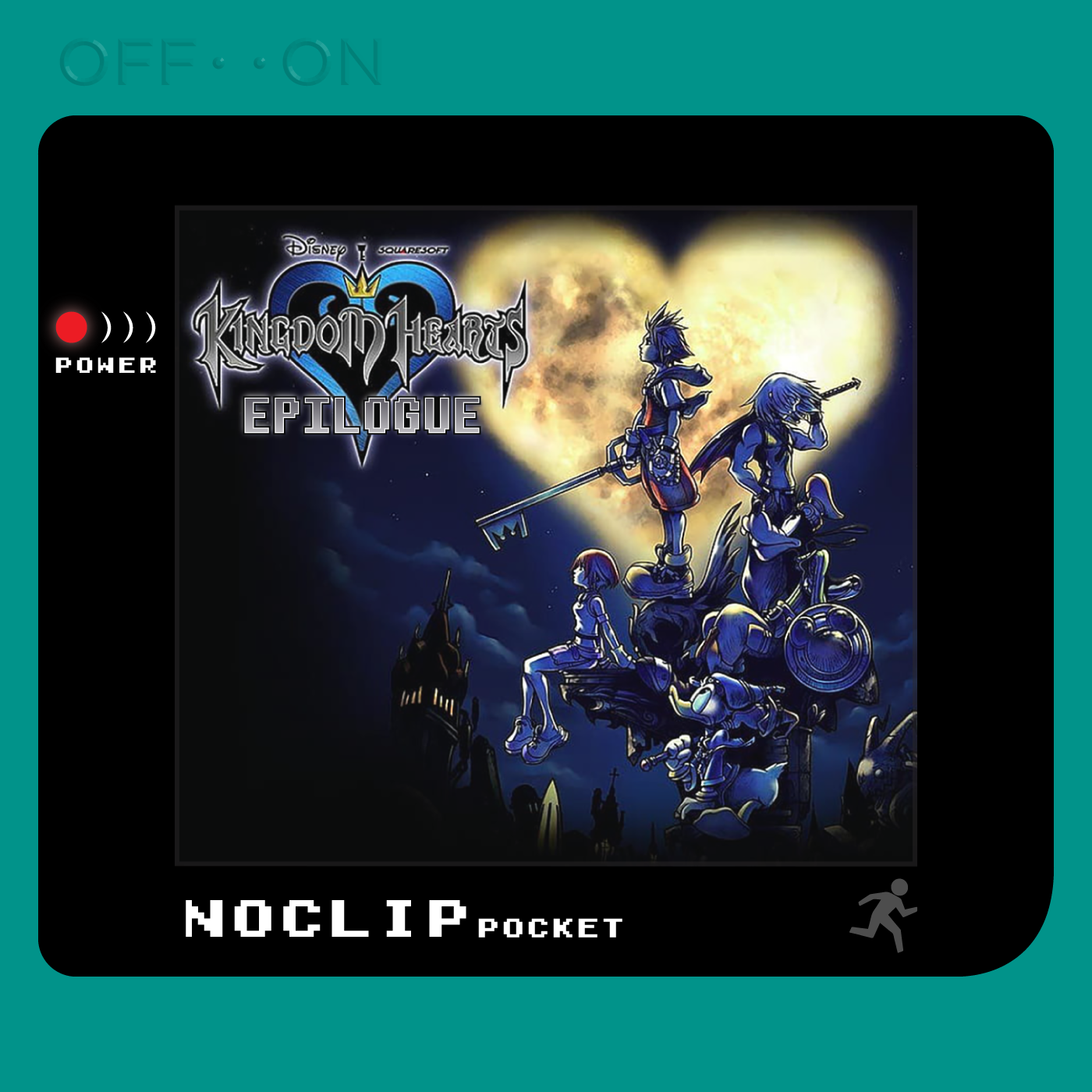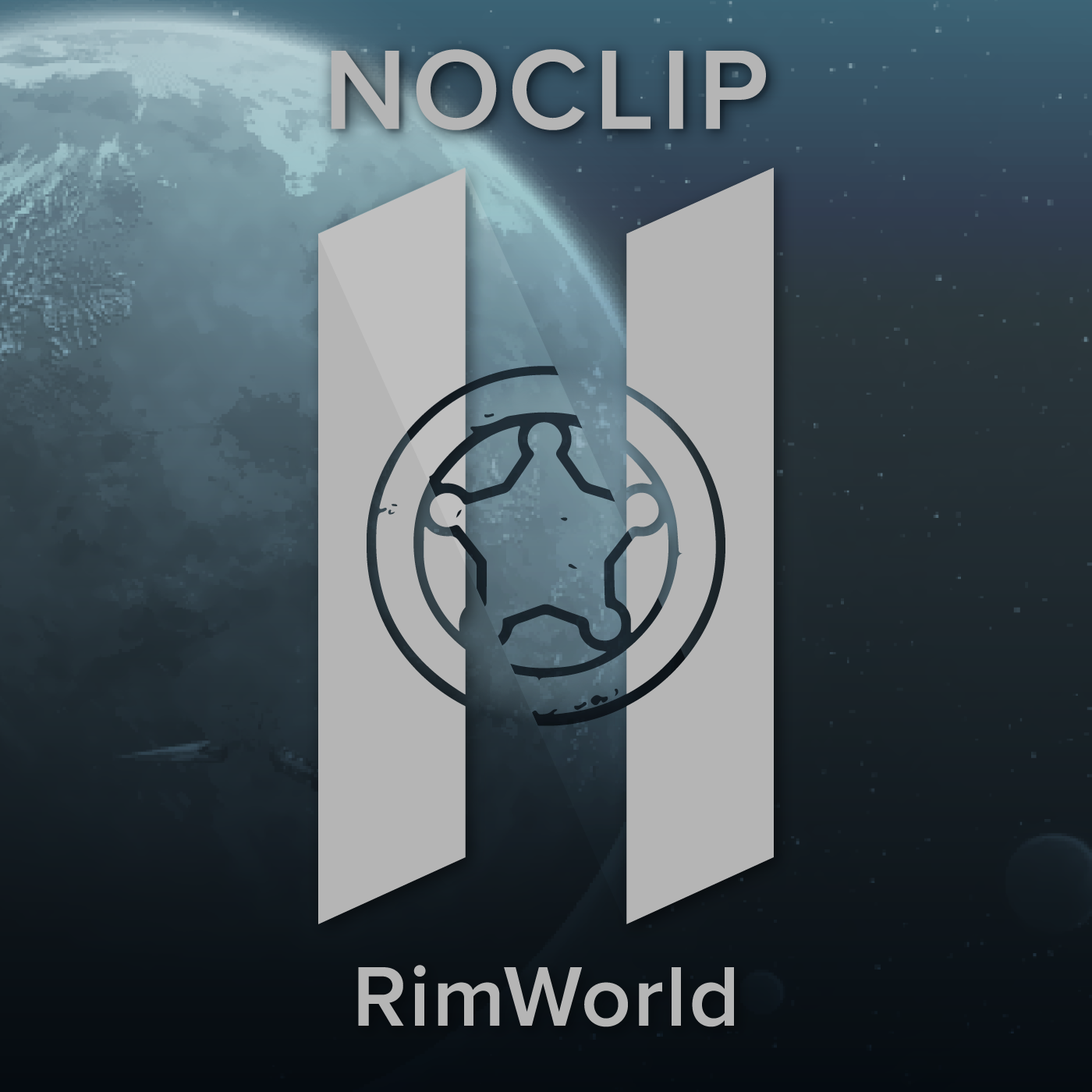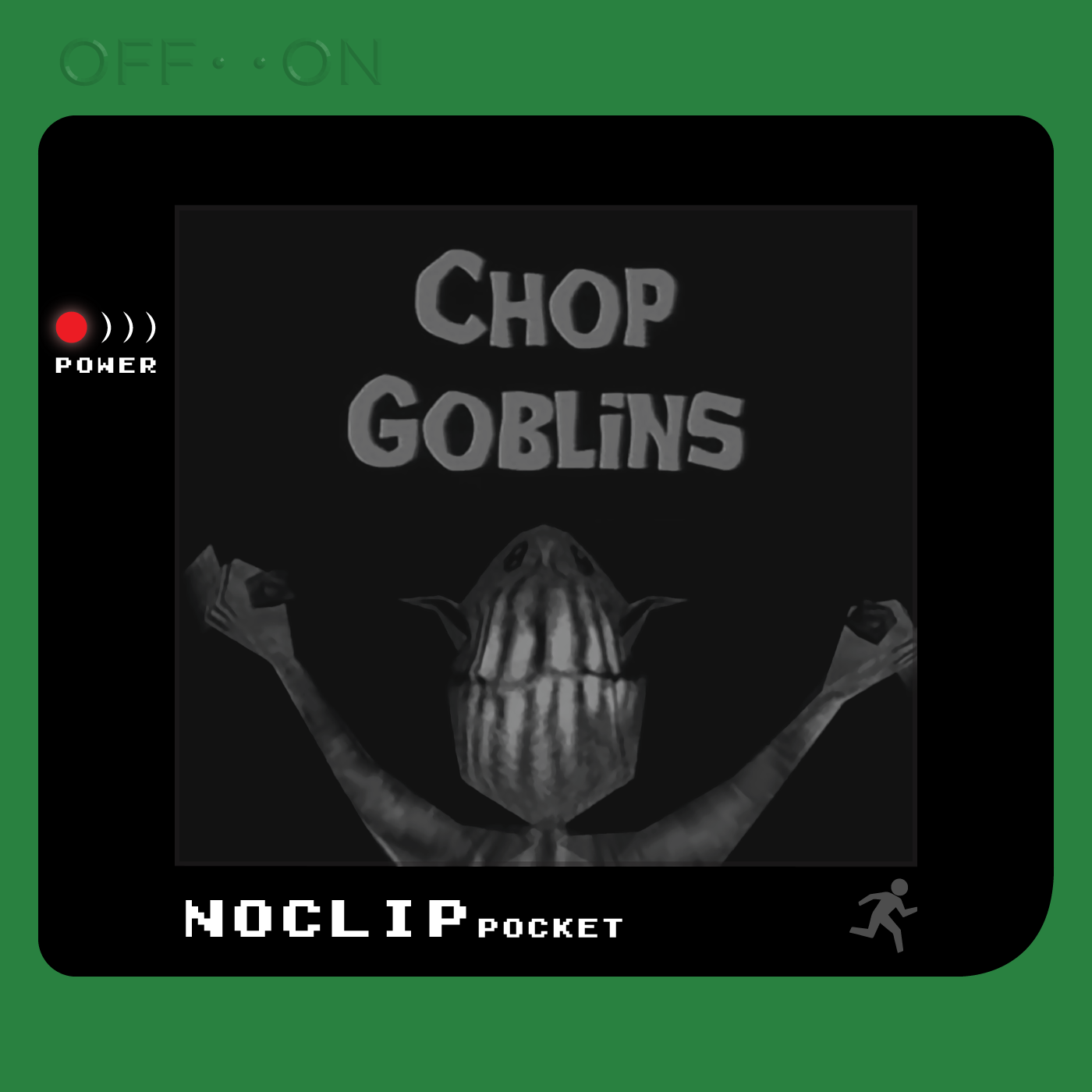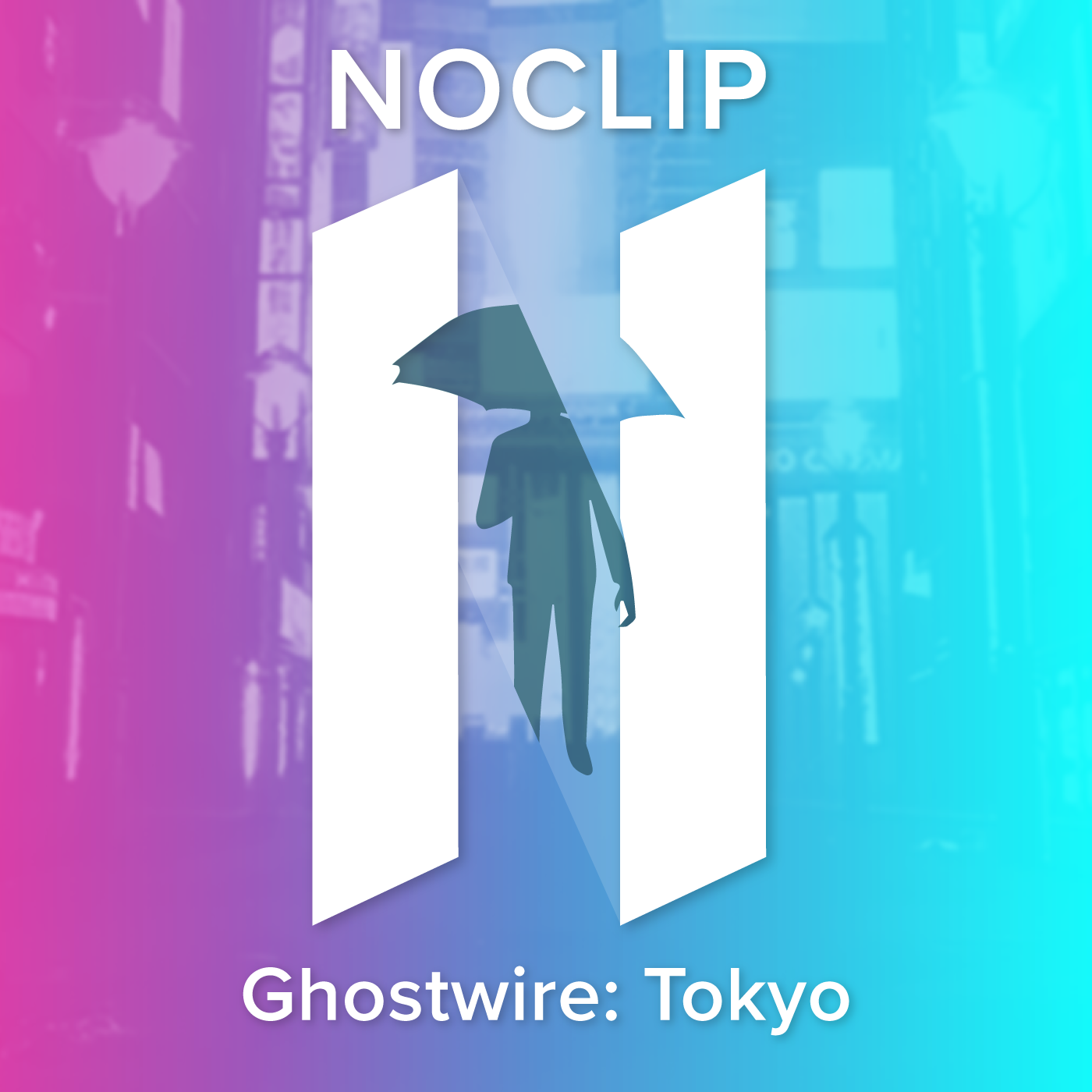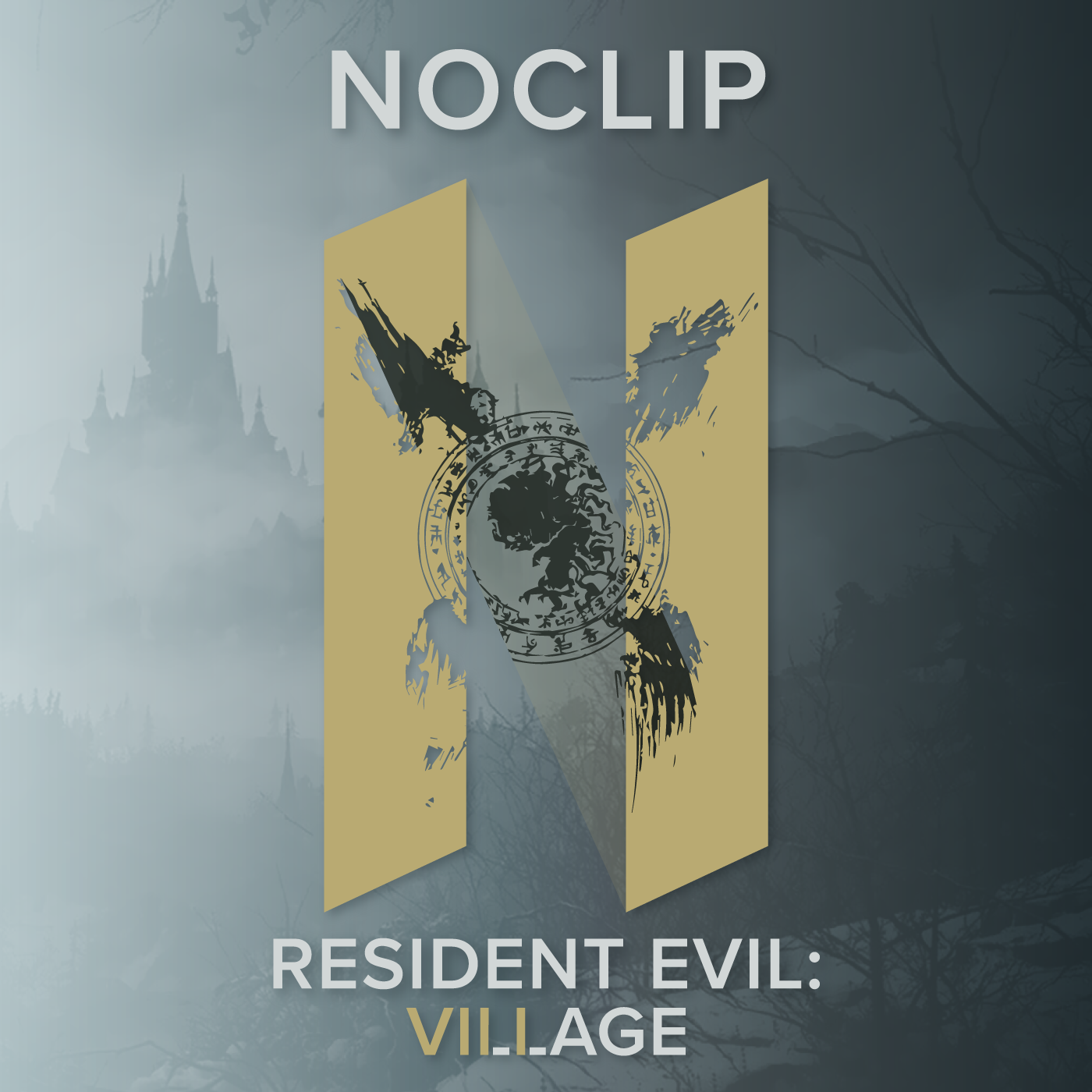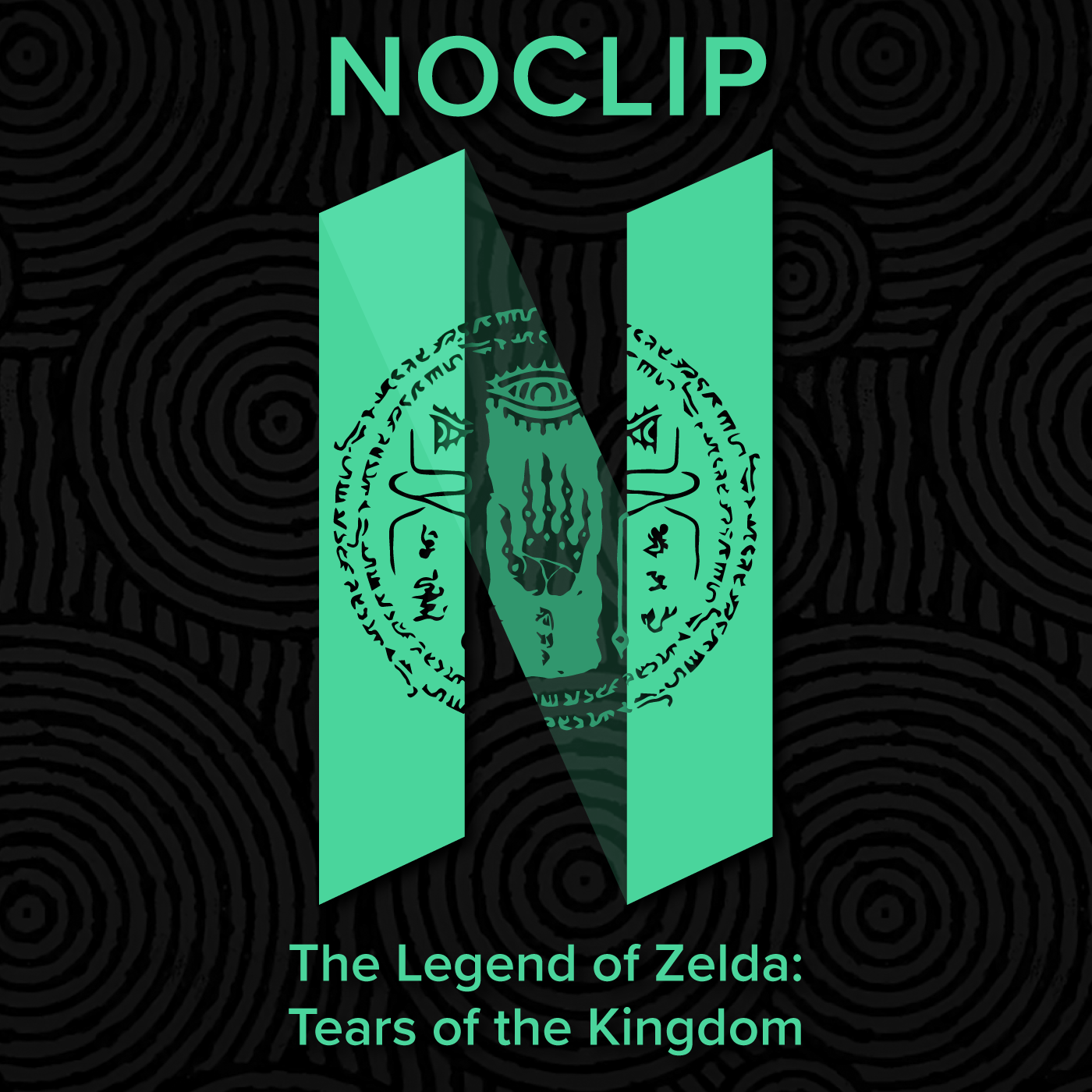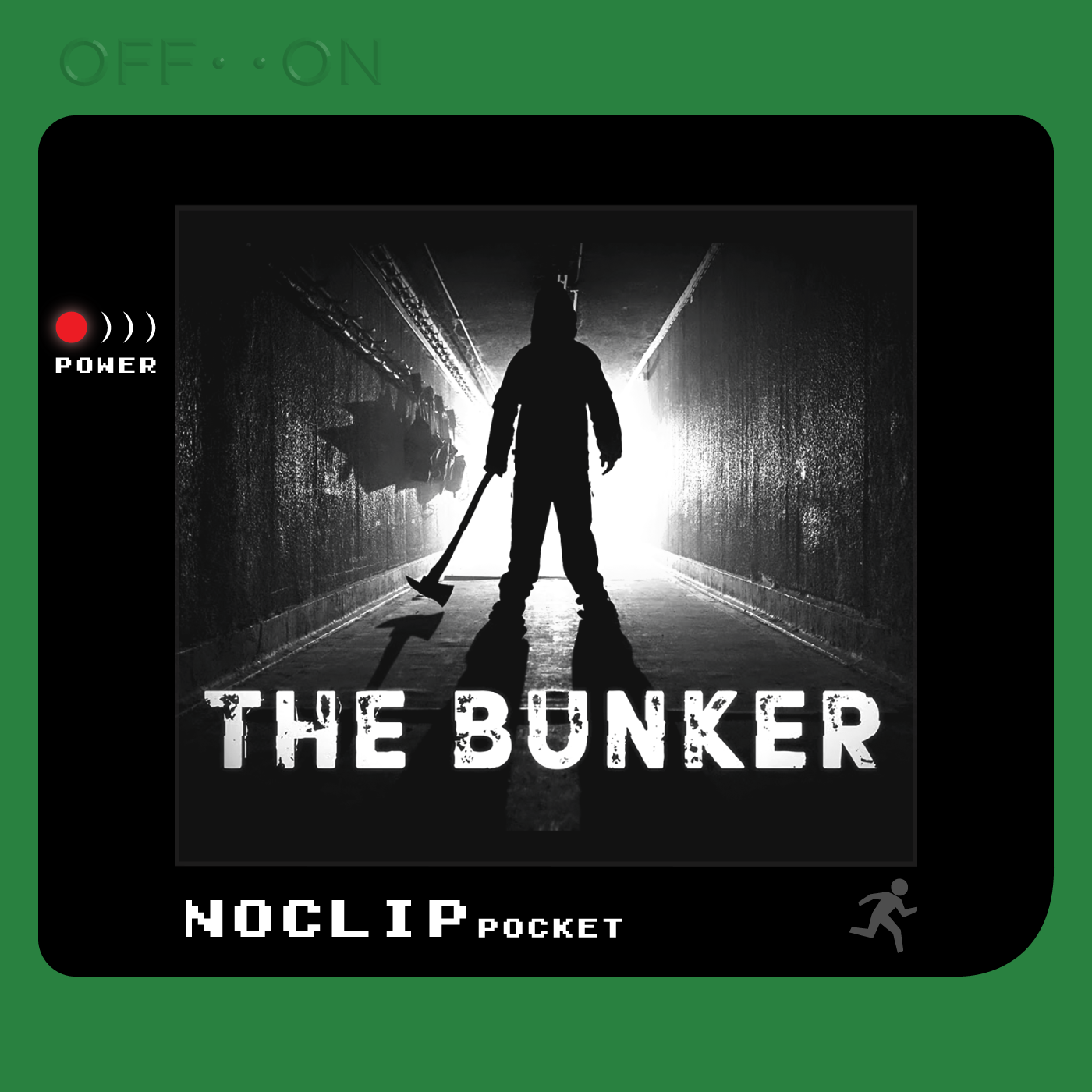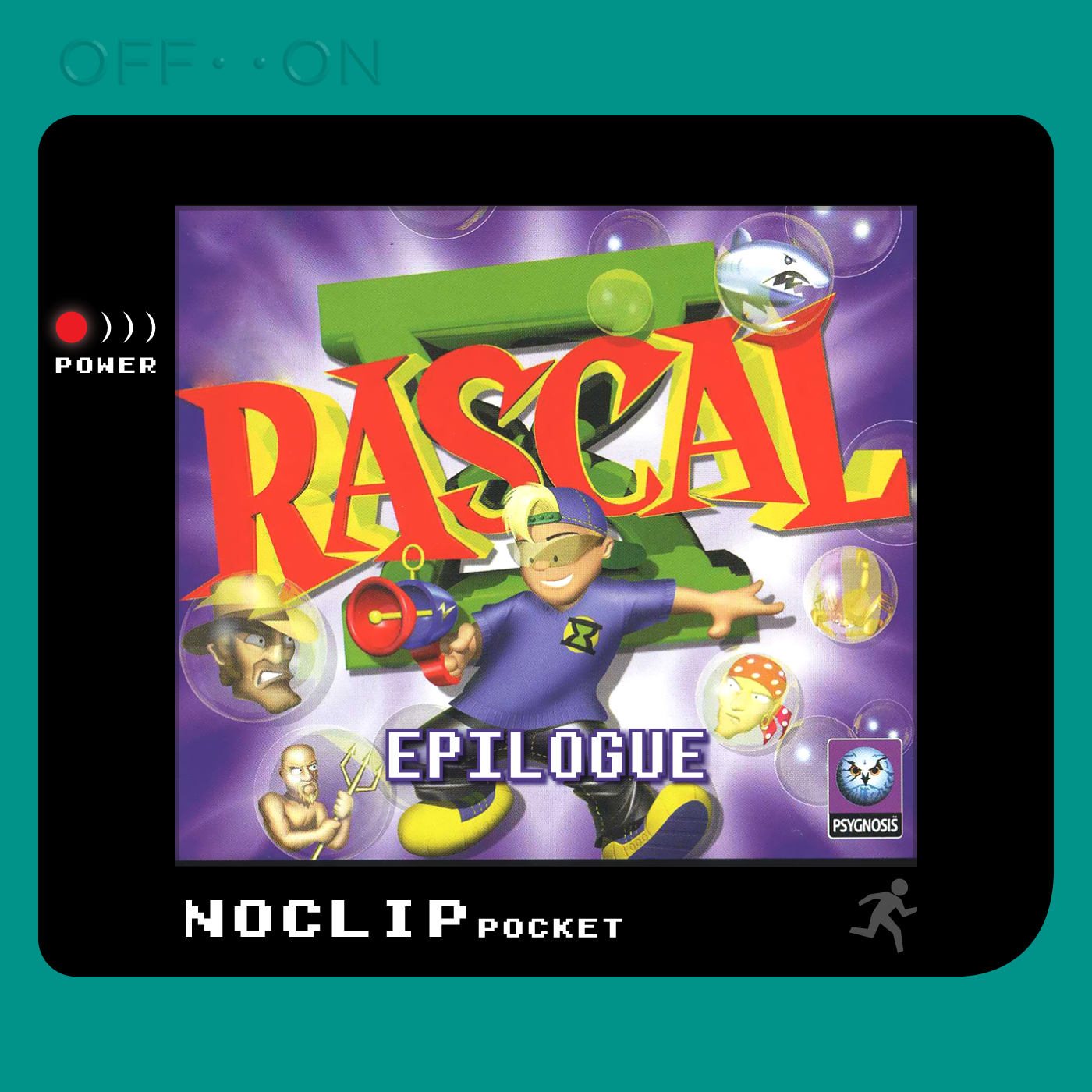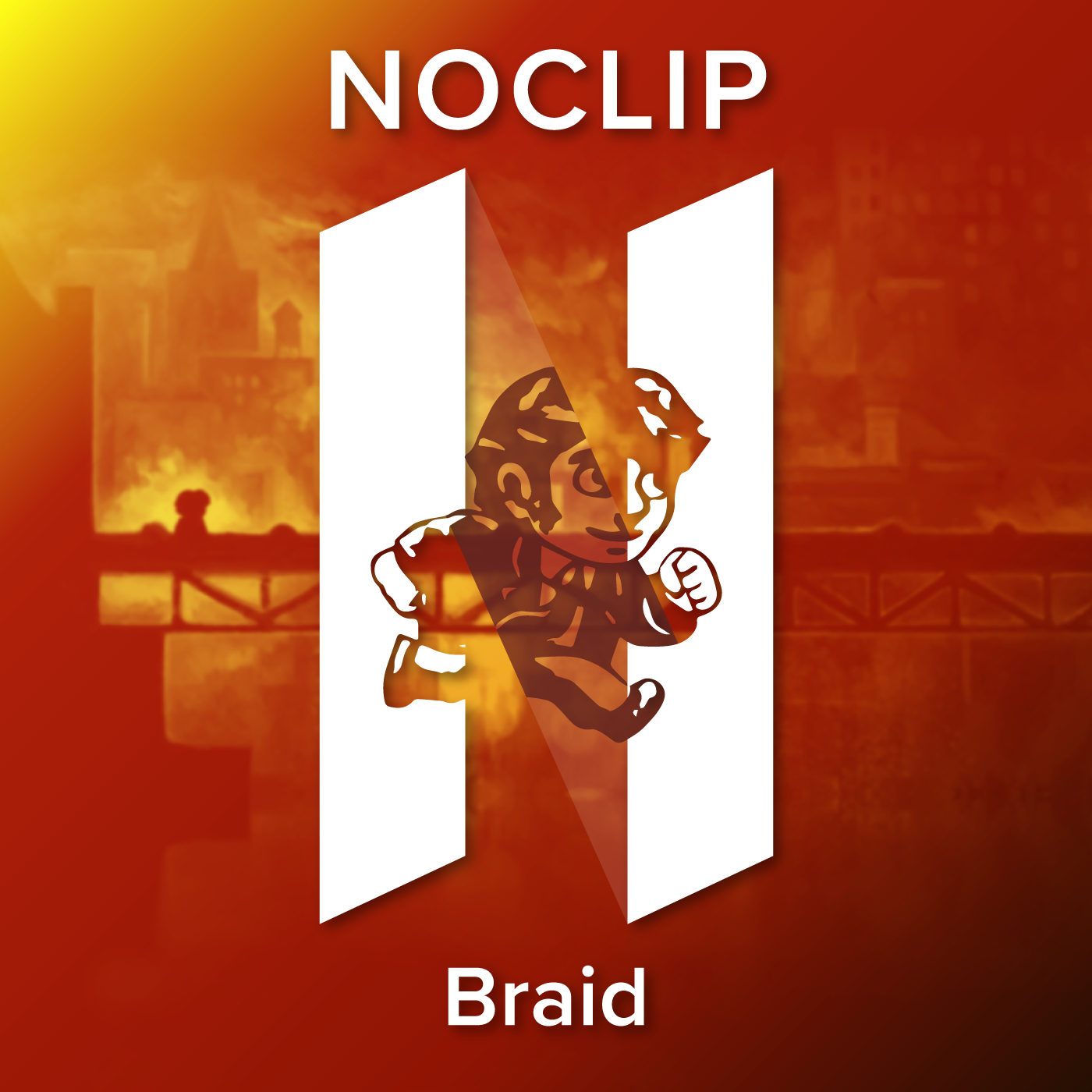A scattered dream that’s like a far off podcast.
Welcome back to the podcast this week! Today we’re doing an episode that was a long time coming and talking about Kingdom Hearts II. The only numbered entry in the series we hadn’t talked about yet and probably the simultaneously most loved and most controversial Kingdom Hearts game. KH2 is an action RPG like its predecessor, but amps up a lot of the mechanical interaction to be much faster and more stylish. At times, it plays like a character action game with you executing 20+ hit combos and flying through the air, but its depth in combat lies in a different area than in those games, focusing more on the different meters and timings as well as your ability to navigate the command menu and just generally being aware of your surroundings. In a way, this is the first game in the series that has a real mechanical hook to latch onto rather than its presentation and IP crossover content. However, that is still present and is a large part of why these games are so loved. The Disney worlds are back and the narrative writing here starts the trend of what people understand to be Kingdom Hearts story writing as a whole. This game introduced Organization XIII, nobodies, and characters like Roxas and Namine to the larger public and whether that stuff is going to float your boat is purely a matter of taste. What is noticed though is a loss of the simplicity and innocence the first game had. Though this could also be a good thing, as the characters introduced add a lot more depth to the storytelling, and lore wonks most likely come back to things said in this game as a basis for many theories, but it is markedly different than it was in Kingdom Hearts and the feel of the game is changed because of it. There are other changes, too. Levels are more open to facilitate the flashier combat, platforming has been all but stripped out, and the gummy ship levels are fully reworked, but these are all things to be played and listened to, so let’s just jump in. We’re going to be talking about the game’s focus on being bigger and bolder and badder and some other b’s too, probably, than its predecessors, the moody character writing and how this actually set the game apart from its contemporaries, and we discuss what part of the game if executed slightly differently would be on the front page of the New York Times.
Thank you for listening this week! It took us a long time to get to this game, but it’s finally done and we’re all better off for it. The legacy of this series is taken pretty seriously by its fans, and that’s something that is difficult to talk around when going back to this game after a long time. While we, when taken as a whole, are very familiar with the game and have nostalgic attachment to it, it is pretty old as far as games go, and while that reflects in some of the design decisions that were made, it absolutely does not diminish the impact this game had both on its own franchise, which was paradigm defining, but also on games as a whole. It has a lot of appeal both for people who already played similar games as well as for people who got into it for the Disney stuff and ended up getting exposed to some of that classic RPG weirdness. So which are you? Did you play this game at the time of its release and grow up with the series as many people my age did, or did you play it retrospectively, or something else? Let us know in the comments or over on our Discord! Next time, we’re going to be devolving into a more primitive state and talking about Donkey Kong 64 as we kick off (and in all likelihood, also end, given our current schedule) Simian September, the spiritual successor to Ape-ril, so we hope you’ll join us for that, and not stop listening for the continuous unhinged themed month ideas.



